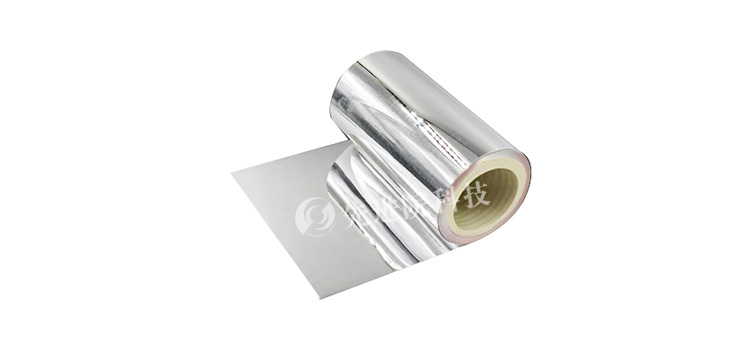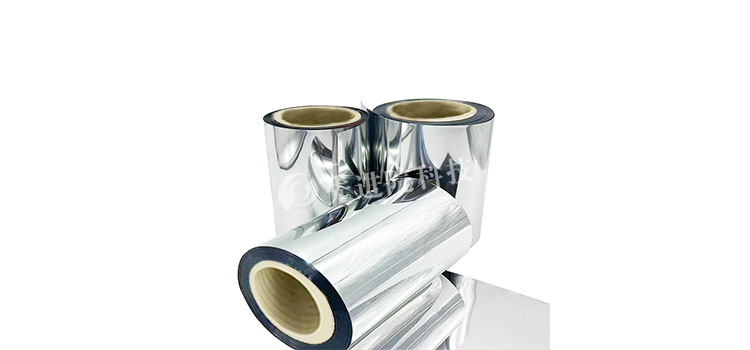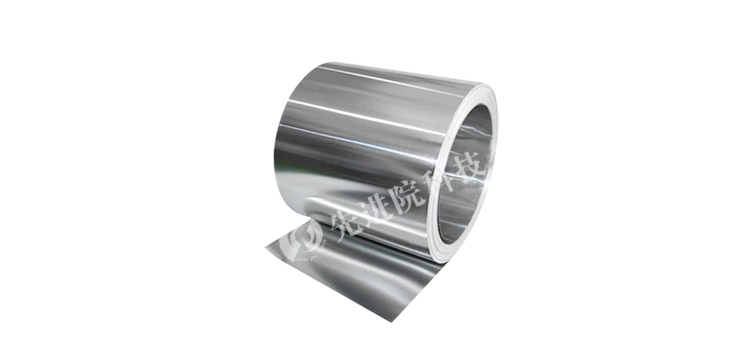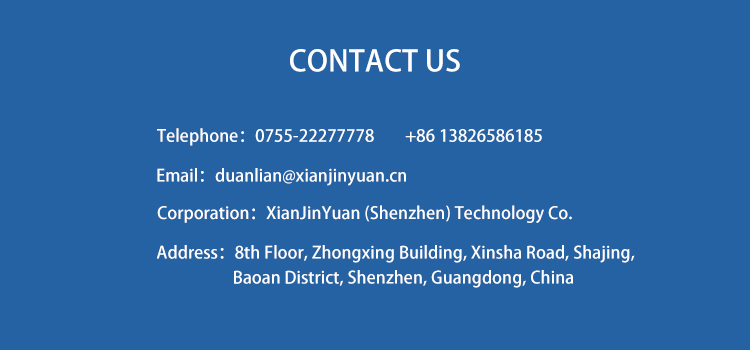

Hotline:0755-22277778
Tel:0755-22277778
Mobile:13826586185(Mr.Duan)
Fax:0755-22277776
E-mail:duanlian@xianjinyuan.cn
With the advancement of technology and the growth of social demand, there is a growing demand for products with good electromagnetic shielding effect, aesthetic decoration, and excellent anti-corrosion propertiesPP silver plated filmThe demand is increasing day by day. However, in the actual production and use process, it is common to encounter the problem of gaps between the coating and the substrate, which poses a serious threat to product quality. Therefore, it is of great significance to explore its causes and find solutions.
PP is a non-polar polymer with low surface energy, and the surface of PP that has not been fully activated is difficult to form a good bond with the metal coating. If thorough cleaning or appropriate chemical roughening treatment is not carried out before silver plating, it may lead to residual impurities such as oil stains and dust between the coating and the substrate, which will become the root cause of void formation in subsequent processes.
Improper composition ratios in the plating solution can also affect the quality of the coating. For example, when the silver plating solution contains too many additives, it may inhibit the deposition rate of silver ions on the PP surface, making the coating loose and porous; In addition, the presence of certain organic chelating agents may also hinder direct contact between silver atoms and PP molecular chains, thereby weakening the binding force between the two.
The selection of process conditions such as temperature, pH value, and current density has a crucial impact on the quality of the coating. Excessive temperature can cause PP to soften or even melt, damaging its original structural integrity; However, a low pH value may cause hydrolysis reactions on the surface of PP, reducing its compatibility with the coating. In addition, unstable current supply can result in uneven distribution of coating thickness, and local areas may exhibit excessive or insufficient thickness, leading to stress concentration and promoting the formation of voids.
External factors such as humidity and dust particles in the air can indirectly affect the quality of the coating. Especially when working in high humidity environments, moisture is easily adsorbed on the surface of PP, forming a thin water film that hinders the effective migration of silver ions and increases the possibility of void formation.
In order to ensure that the PP surface provides an ideal adhesion platform for silver plating, strict cleaning and activation treatment must be carried out. Physical methods such as ultrasonic cleaning can be used to remove surface dirt, or chemical methods such as soaking in alkaline solution can be used to remove residues such as release agents. At the same time, plasma treatment technology can also be considered to increase the energy level of PP surface and enhance its affinity with the coating.
Adjust the composition of the plating solution according to specific plating requirements, minimize unnecessary additive usage, and ensure that silver ions can deposit smoothly on the PP surface under suitable conditions. For organic chelating agents that are inevitably used, types that do not significantly affect the silver PP interaction should be selected, and their concentration range should be strictly controlled.
Maintaining a constant and appropriate temperature, pH value, and current density throughout the entire plating process is crucial. It is recommended to determine the optimal operating range through experiments and achieve precise adjustment with the help of automated control systems. In addition, attention should be paid to avoiding the heat accumulation effect caused by long-term continuous operation, and timely cooling measures should be taken to maintain a stable processing environment.
Try to choose a dry and clean workplace for silver plating operations, and install air purification devices if necessary to reduce the impact of suspended particles in the air. For areas with high humidity, special attention should be paid to dehumidification work to prevent moisture from entering and affecting the quality of the coating.
in summary,PP silver plated filmThe formation of voids at the interface between the coating and the substrate is the result of multiple factors working together. By strengthening surface pretreatment, optimizing plating solution formulation, precise control of process parameters, and improving the working environment, a series of measures can be taken to prevent such problems to a large extent, thereby ensuring the quality and performance of the final product. In the future, with the continuous deepening of research and technological progress, it is believed that more innovative solutions will be proposed to further promote the development of the PP silver plated film industry.
The above data is for reference only, and specific performance may vary due to production processes and product specifications.

Advanced Institute (Shenzhen) Technology Co., Ltd, © two thousand and twenty-onewww.avanzado.cn. All rights reservedGuangdong ICP No. 2021051947-1 © two thousand and twenty-onewww.xianjinyuan.cn. All rights reservedGuangdong ICP No. 2021051947-2